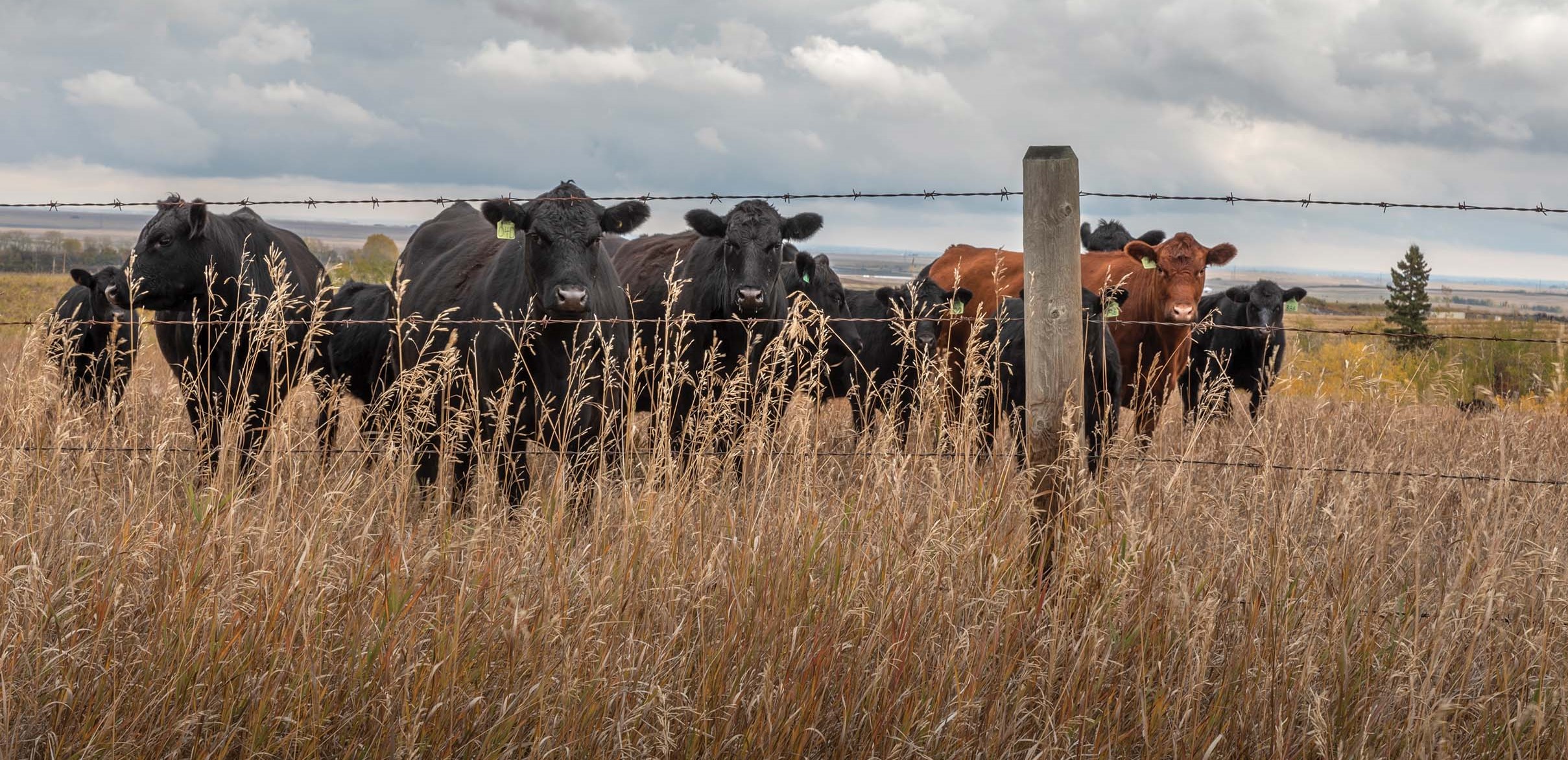Right for You
Farm profitability differences in Canfax’s Cow-Calf Cost of Production Network are stunning. Based on 2022 preliminary results, profits for the top third of the network’s benchmark farms averaged $487 per cow. Profits for the bottom two thirds averaged $29 per cow. “Those are the averages. A lot of farms in the bottom two thirds are losing money,” says Brenna Grant, executive director of Canfax.
Why the huge difference?
It has a lot to do with controlling costs per cow, Grant says. Total costs, including cash, depreciation and opportunity costs, were $1,340 per cow for the top third of benchmark farms – 25 per cent lower than the $1,785 per cow average for the bottom two thirds.
More profitable farms focus on all the little things that add up – from winter feed costs, machinery overhead and unpaid labour, Grant says. They also look at productivity and marketing.
Lower costs, more units produced per input cost and higher selling prices are profit-enhancing recipes for any farm – whether producing beef, canola or anything else.
The goal of the Cow-Calf Cost of Production Network is to identify pathways to greater profits, to greater economic sustainability. The network has 63 benchmark farms representing the range of possible scenarios across Canada.
Benchmark farms are based on intense data-collection from 225 participating farms across Canada.
“We want to show that profitable farms are out there,” Grant says. “This is what will keep people in the industry and hopefully attract new people.”
A possible side effect of this information is that people who know they’re in the bottom two thirds feel stuck. Discouraged. They see numbers like $487 per cow and know they can never get there. A key message, Grant says, is that farms don’t have to get to $487. Even small gains can make a big difference. “We want to give people stepping stones to make incremental improvements.”
Grant uses the five per cent rule. Taking time to pencil out how to reduce feed cost per pound of gain by five per cent, improve forage yield five per cent, forage quality five per cent and market price by five per cent, for example, can create huge gains in profit. Canola growers might consider how to improve seed survival by five per cent, reduce nitrogen per bushel five per cent, or reduce harvest seed loss. Going from 2 bu./ac. loss to 1.9 bu./ac. loss is a five per cent improvement. If the farm spends 95¢ for every $1 of units sold, trimming the unit cost of production by five per cent (to around 90¢) will double profits from 5¢ to 10¢.
“Little changes all add up,” Grant says.
John Basarab, director of beef operations with Livestock Gentec at the University of Alberta, says numerous surveys in North America have shown the wide variation in herd to herd productivity and profitability. “This is primarily related to adoption of best management practices,” he says.
Best practices include genetics. “The best two ways cattle producers can improve intensity – less feed and less carbon per kilogram of beef – is through cross-breeding and cattle genetics for feed efficiency,” he says.
Genetics are equally important to canola profitability. That is why Canola Council of Canada agronomy specialists emphasize that farmers choose canola cultivars best suited to the yield potential and yield robbers unique to each field.
Grant notes that not all practices that would seem, on paper, to increase profits will actually work on every farm. She gives the example of rotational grazing. Feeding intensely in small paddocks of high quality forage has worked wonders for some cow-calf producers. “But it requires water systems, more fences and more labour,” Grant says. “Our benchmarking showed that savings from rotational grazing only made sense for about half the farms.”
Farms have to run their own numbers on any practice.
The Canfax Cow-Calf Cost of Production Network shows a few things. First, there is no one successful farm model. Second, the range in farm profitability is very wide. Third, farms can significantly improve profitability with a number of small improvements. And fourth, popular practices that seem to make sense may not make sense for you. This winter, set aside time (that’s often the hardest part) to figure out what improvements are right for the success of your business. You do you.





